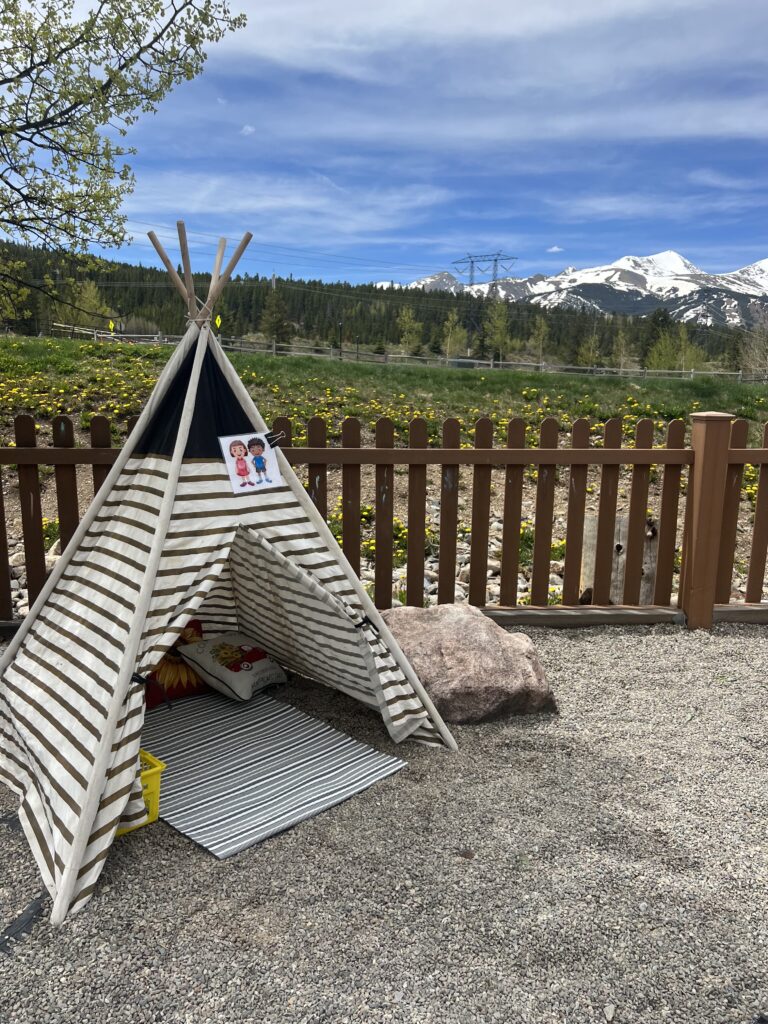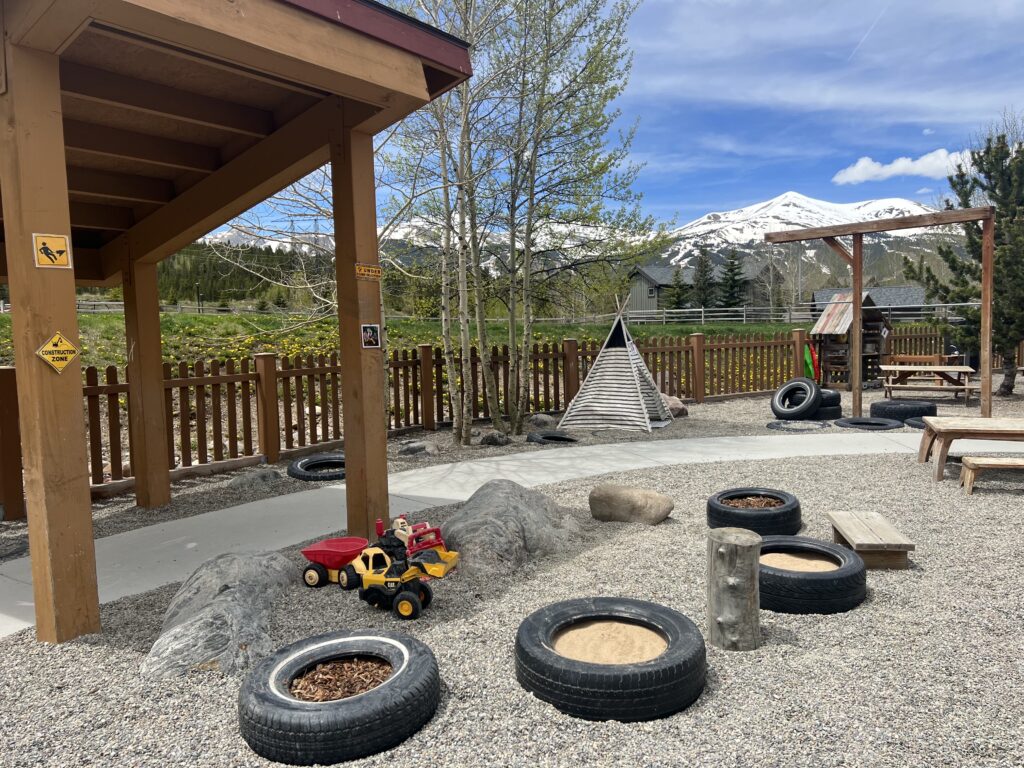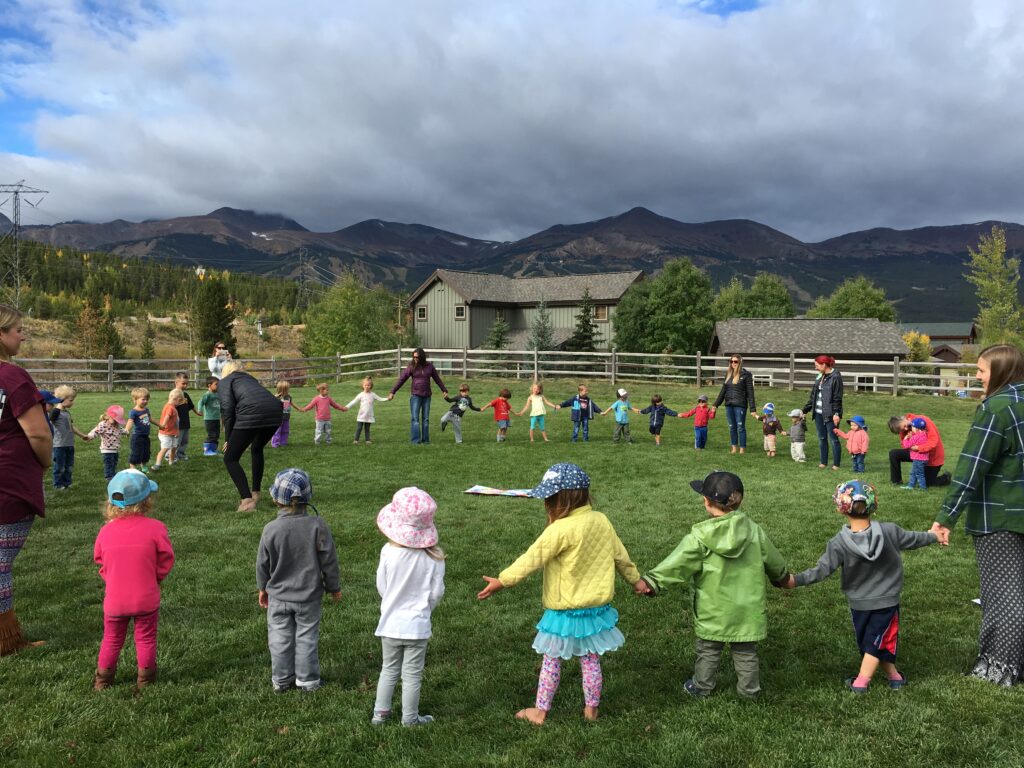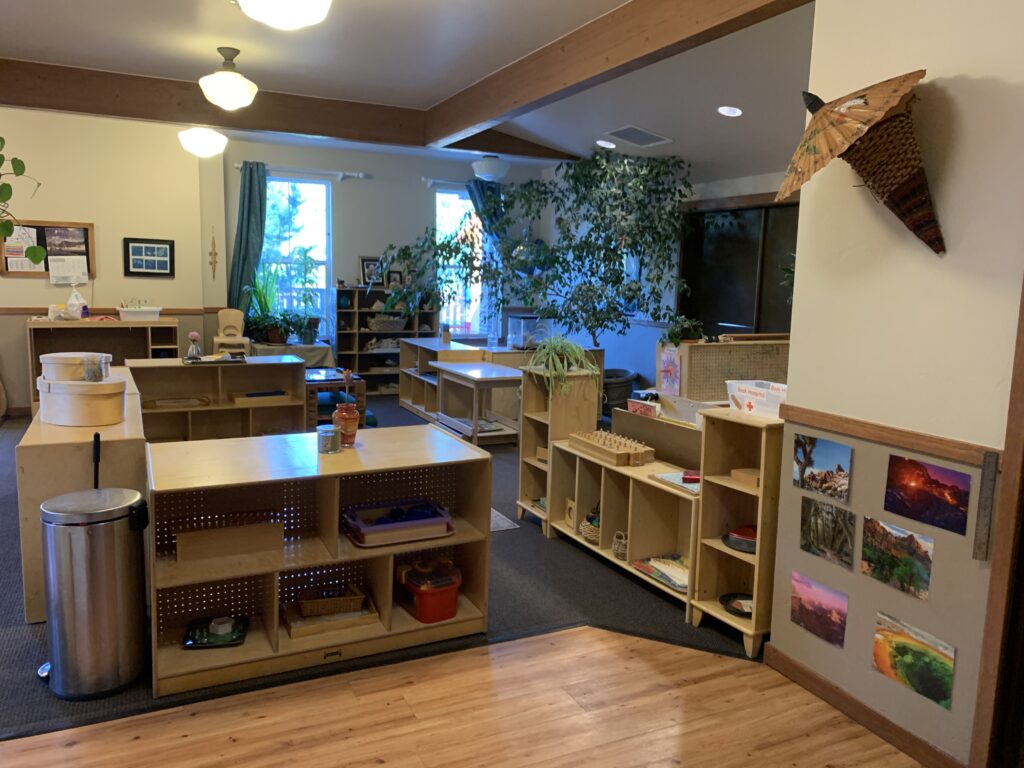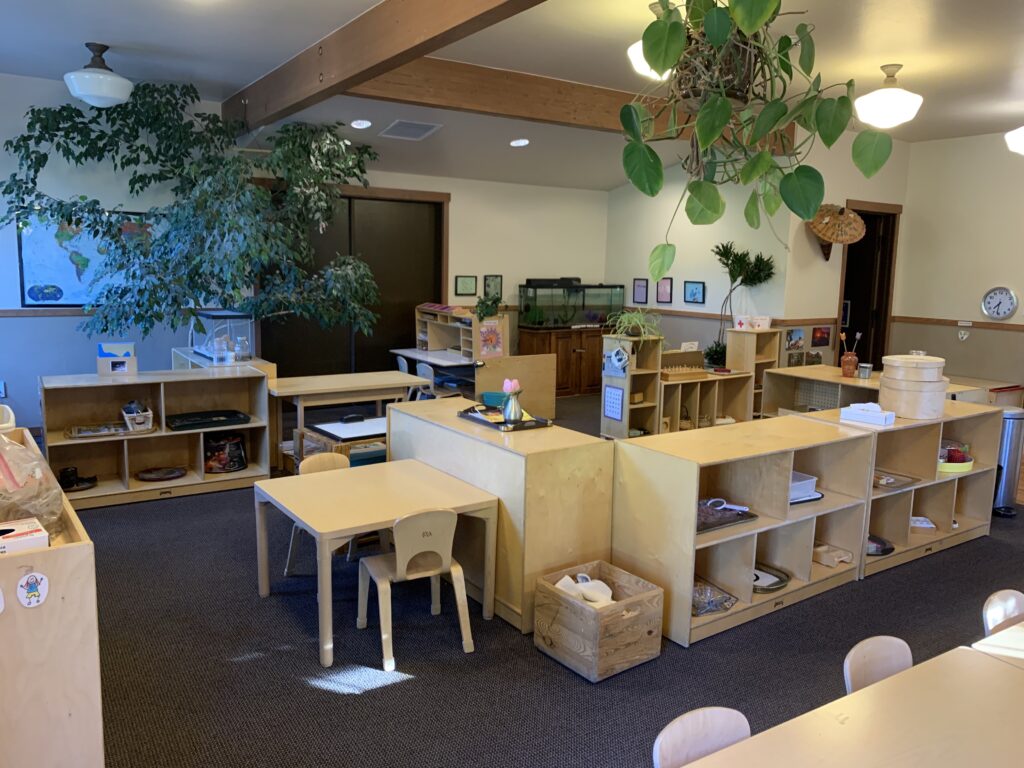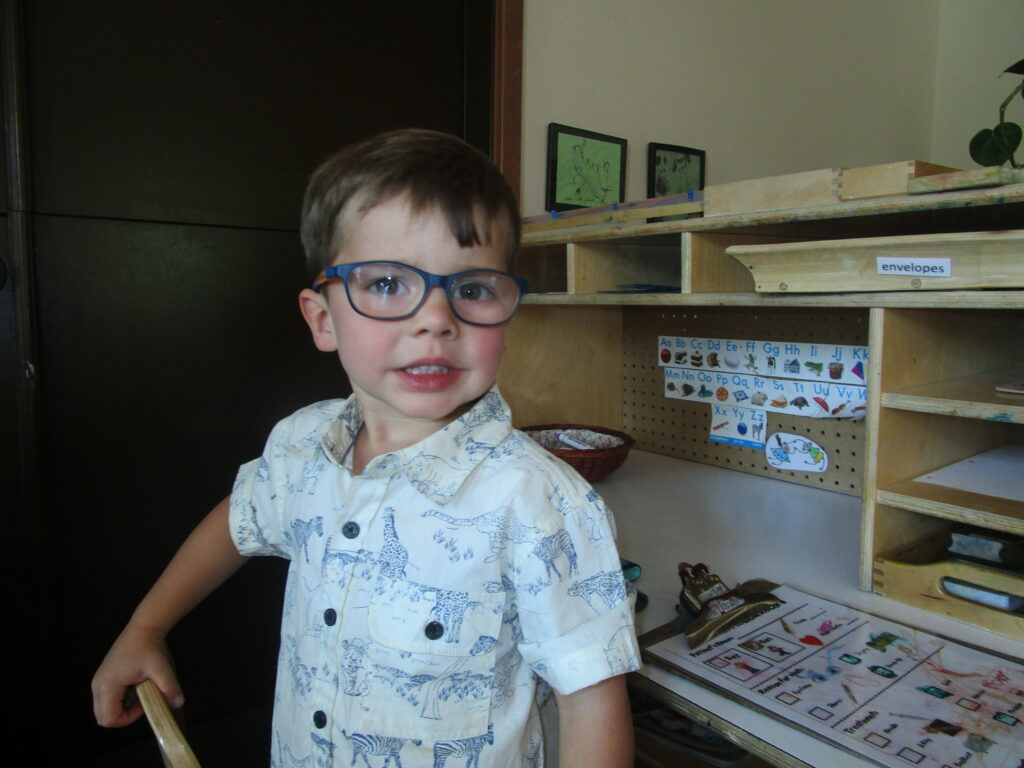Black Bears: Last Year of Pre-School
Everyday Mathematics:
Everyday Math is a comprehensive curriculum embracing many of the traditional goals of school mathematics. An ever-increasing demand for mathematics competence and problem-solving agility both in and out of school requires us to continue to change both the math we teach and how we teach it- Everyday Math makes these changes by helping the children to build and maintain basic skills, while helping you use everyday, real-world problems and situations to nurture their higher-order and critical-thinking skills. Here’s how: 1. “It is consistent with how children actually learn mathematics as builds understanding over a period of time, first through informal exposure and then through more formal and directed instruction. Because learning proceeds from the known to the unknown, new learning needs to be connected to, and built upon, an existing knowledge base.”
2. “Mathematical content is taught in a repeated fashion, beginning with concrete experiences. It is a mistake to proceed too quickly from the concrete to the abstract or to isolate concepts and skills from one another or from problem contexts.” Children need to revisit topics, concepts and skills, and then relating them to each other in new and different ways.” In summary, Everyday Math is committed to establishing high standards for our nation’s schools. The program assumes that virtually all children are capable of a much greater understanding and success in mathematics and it provides the features and materials you need to help the children meet those higher expectations.
Zoo Phonics:
An animal theme is used because it is universal, and because children relate readily to animals. The configuration of the letter is remembered in association with a picture with a picture of the animal. The sound comes through the first initial letter sound of each animal’s name. A body “signal” is given to mimic each Animal Character. Each Zoo Phonics Animal becomes a friend and a tool for the children to use in developing reading, spelling and writing skills.
Here’s how:
- Children first see the Shapes of the Lowercase letters through the Shapes of the Animals, “a-z”
- The sounds of the letters are taught through the names of the Animals: allie alligator = /a/, bubba bear = /b/, catina cat – /c/.
- Because the children wiggle naturally, a Body Movement (called a signal), is given to each letter that relates directly to the Animal, locking the shapes and sounds into memory. Ex: allie alligator opens and closes her jaws as she smiles, bubba bear reaches up to the honey hive, catina cat washes her face with her paw, etc.
- Thus, the eyes, ears, mouth and large muscles provide the vehicle to access information. Zoo Phonics encourages the children’s natural tendency to wiggle and to express her/himself, channeling it all for learning. Children learn by touching and doing, and Zoo Phonics gives them this outlet!
- You’ll also notice that we don’t teach capital letters and letter names right away. When we read, capital letters are used only 5% of the time. We read in sounds – not in letter names! Teaching these developmental concepts first can actually delay the reading process!”

